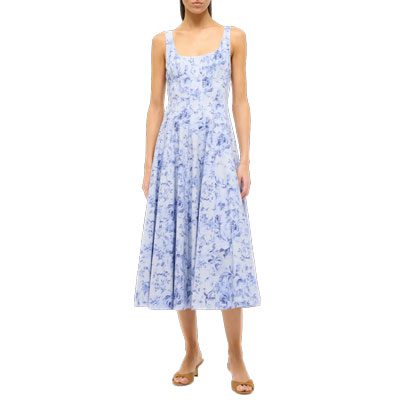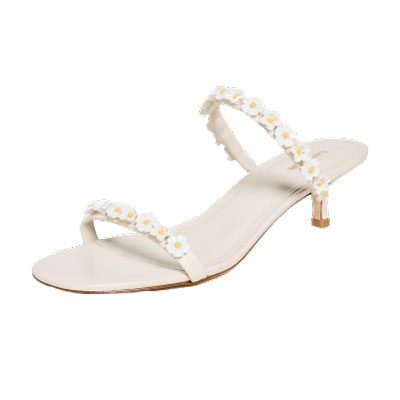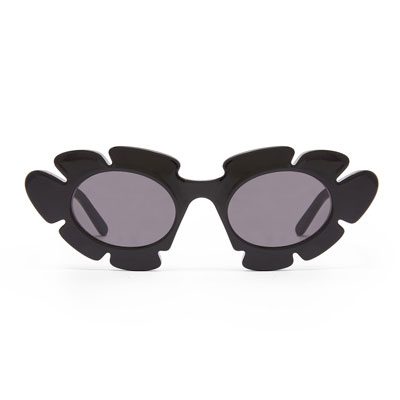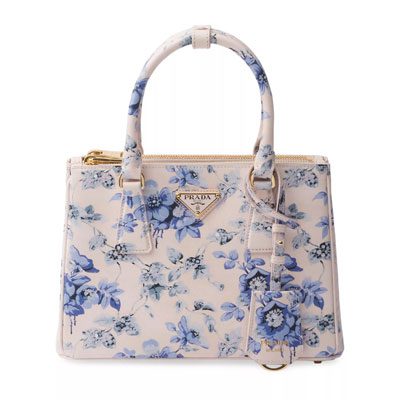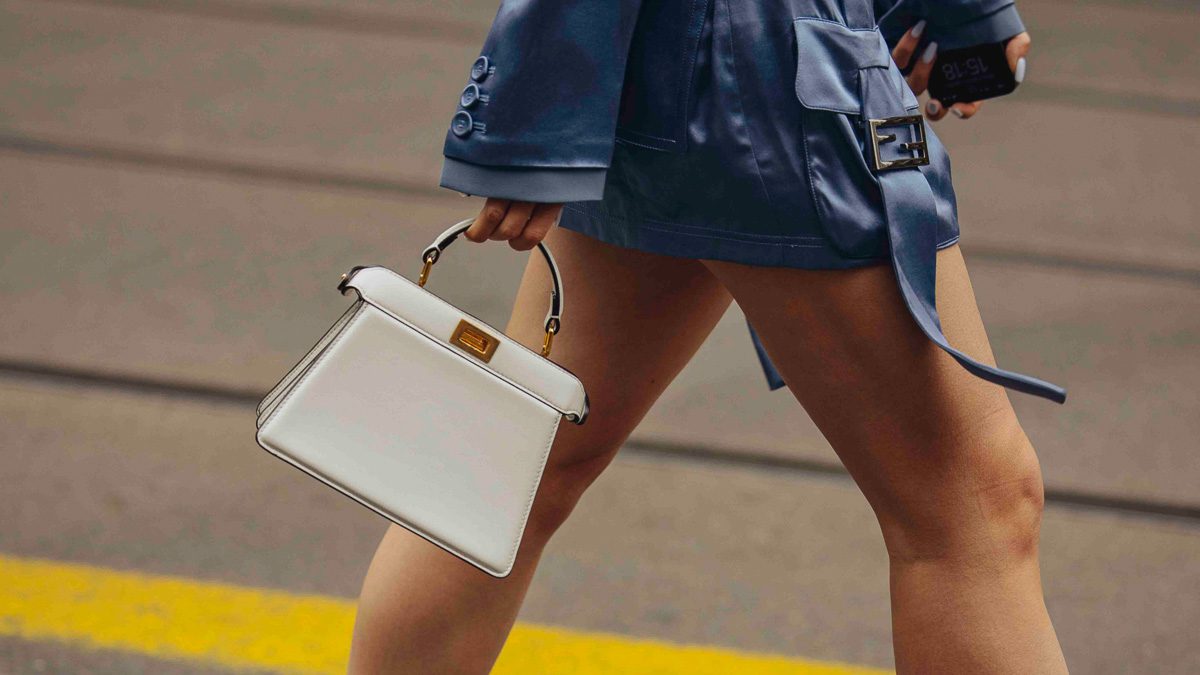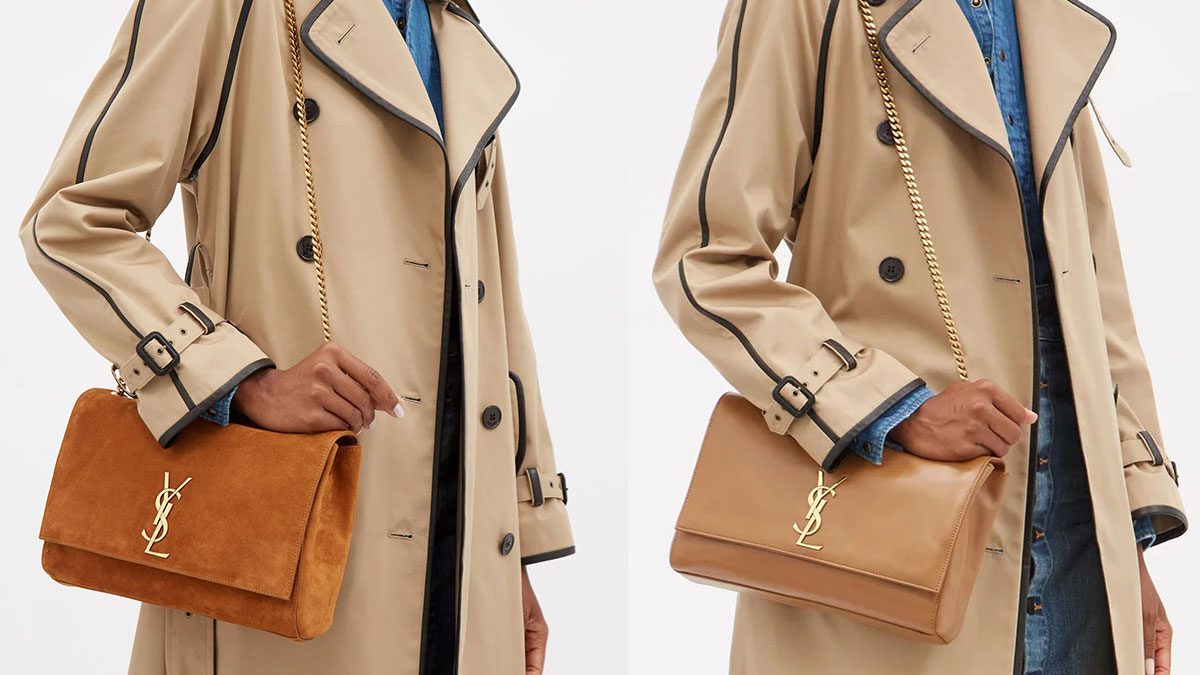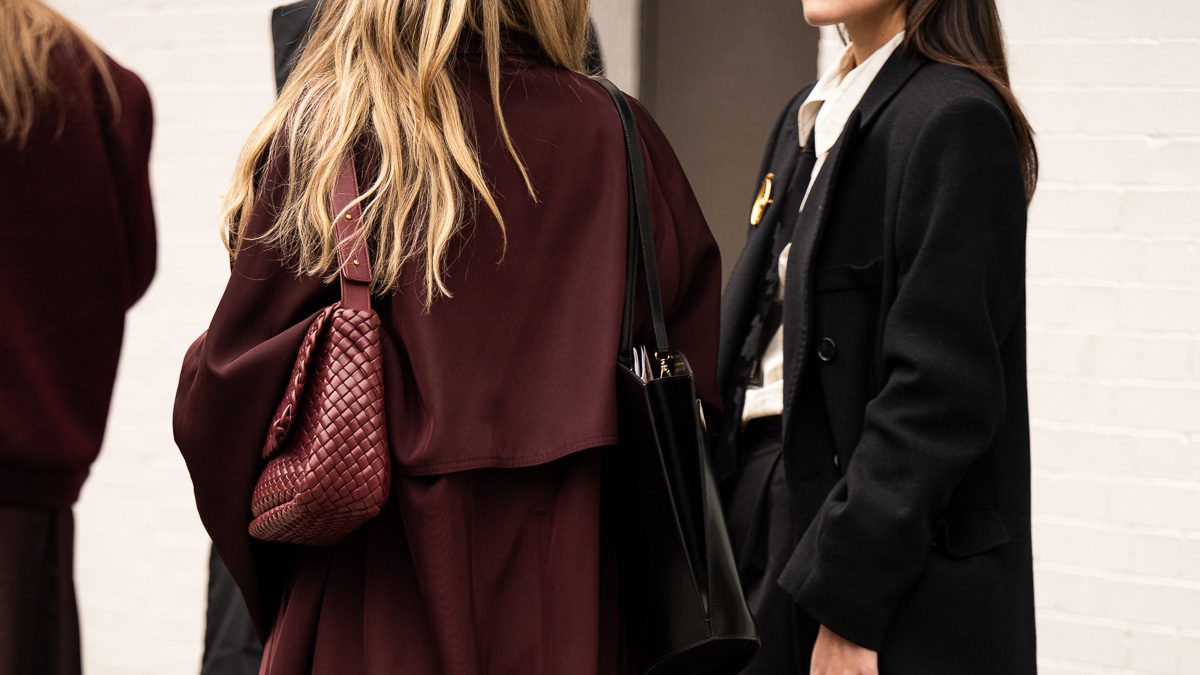When Business of Fashion released its The State of Fashion 2020 report citing sustainability as one of the biggest challenges facing the industry in 2020, they never could have predicted that a global pandemic would top sustainability as the single greatest issue facing our industry, our economy and our world this year.
COVID-19 has impacted fashion more than any other single event in recent memory, as the industry has been hit from multiple angles. With unemployment numbers hitting record highs and businesses finding no other option but to cut back on employees’ salaries, some consumers have stopped shopping altogether and many have cut back significantly.
Additionally, as retailers were forced to close their doors in early March with very little notice (and some still remain shuttered), brands are seeing an unprecedented excess of inventory. With outdated merchandise leftover from past seasons and new inventory coming in which did not account for a global pandemic, what are luxury brands going to do with their extra inventory this year?
While COVID-19 will inevitably change fashion for good (it already has in some ways), brands that have not yet developed carry-over products that are cross-seasonal will be the ones that suffer the most, according to Vogue Business. Retailers that already have a significant carry-over collection in place are likely to be the most protected as less trendy merchandise is more likely to be in demand following the pandemic, Vogue Business also reported.
Though it’s impossible to ignore that COVID-19 will impact the future of the industry forever, it also has potential in the short term to derail the progress made towards a more eco-friendly industry, as brands will be forced to make difficult decisions moving forward.
It’s no secret that fashion has long since had a sustainability problem, and the industry specifically has been under a microscope for the last few years. Informed consumers along with ruthless activists and enlightened lawmakers have forced brands to respond, and many have done so by releasing eco-friendly collections. Additionally, Burberry vowed to stop burning its excess goods altogether, while France also aimed to put a stop to the environmentally irresponsible process. However, what about the brands that are not by law required to recycle their unused goods?
Discounting is always an option, but many fear that doing so will dilute a their image, leaving some brands feeling like they have no other option than to destroy leftover items. However in current times consumers are not only more informed than ever, but they also have limited buying power. Burning old goods is not only detrimental to the environment, but it’s also harmful to a brand’s image, and in times like these when consumer spending is at an all time low, a company’s reputation is everything.
It is imperative that companies use this time as opportunity to rethink how they plan both their collections and their inventory. By reevaluating their approach to sell lines that last more than a season, they can potentially reduce the number of excess goods leftover at the end of a given year. And while Louis Vuitton consumers have become increasingly irritated with its dreaded, and increasingly more prevalent, ‘call for availability’ notice, isn’t scarcity better than the environmental impact of excess?





